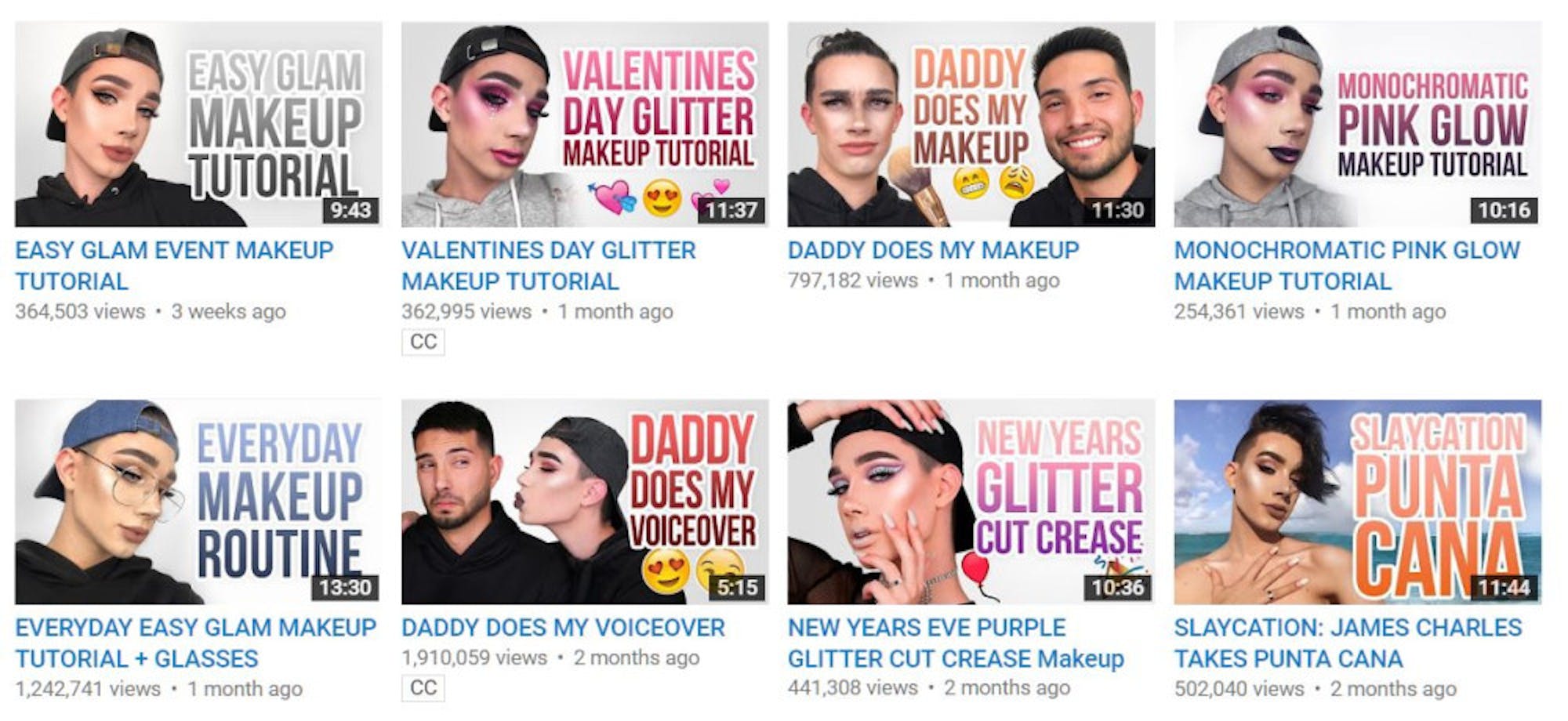Diversity campaigns in makeup and beauty are nothing new, but the end of 2016 saw a mass movement of makeup companies working toward more inclusivity and representation. And so far, 2017 has only upped the ante.
It started in August 2016 with L’Oreal Paris UK, a branch of the company L’Oreal Paris, and its campaign to “celebrate diversity,” specifically with their True Match foundation line. According to Adrien Koskas, general manager of L’Oreal Paris UK, the campaign stemmed from a report that 61 percent of women in the UK have been unable to find their foundation match, and ethnic minorities can pay up to 70 percent more for foundation.
L'Oreal Paris UK initially increased its shade range to 23 shades -- this has since gone up to 33 -- and it claims to match 98 percent of skin tones found in the UK. The company also changed its classic tagline, “Because you’re worth it,” to “Because we’re all worth it.” That change has also been adopted in the United States. Its campaign ads now feature people of different skin tones and ethnic backgrounds, including a woman wearing a hijab and, even more notably, a male beauty blogger named Gary Thompson who is known online as “The Plastic Boy."
In 2017, L’Oreal has continued to break the mold in another True Match campaign, this one called “Your Skin, Your Story.” The ad debuted at this year’s Golden Globes and featured women of different races and backgrounds, including plus-sized models Marquita Pring and Sabina Karlsson as well as transgender actress and activist Hari Nef.
Other companies have also been trying to expand the ranges of shades of their skin products.After the Shape Tape Contour Concealer by Tarte was released in summer 2016 and promptly surged in popularity, Tarte expanded the product's range from 10 to 14 shades in December 2016. Kat Von D and BareMinerals have recently expanded their foundations to 30 shades, and Lancome expanded its Teint Idole Ultra Wear range to 40 shades. Most recently, Laura Mercier’s Translucent Loose Setting Powder, a cult favorite and longtime bestseller at Sephora, released a darker shade of powder called “Medium Deep” in February.
In addition to their response to the growing demand for dark-skinned presence in the makeup world, makeup companies have also begun to feature male models. Hardcore makeup addicts will hardly be surprised at this revelation, as several male makeup artists and vloggers have wide fan bases on YouTube. It appears that companies have finally figured out the power of these personalities. In beauty category searches on YouTube, vloggers outnumber actual brands 14 to 1.
In a highly publicized announcement, CoverGirl hired its first male spokesperson, YouTube sensation James Charles, in October 2016. In February, Rimmel London hired its first male ambassador Lewys Ball, and L’Oreal Paris UK recruited Jake-Jamie Ward for its new ad campaign. Both of these men are bloggers. Ward is known particularly for his blog “The Beauty Boy” and his #MakeupIsGenderless campaign.Maybelline followed suit, announcing its first male ambassador Manny Gutierrez, or Manny Mua, hired to promote its new Big Shot Mascara.
It seems about time, too. According to a report by market research company Mintel, consumers have begun to embrace the increased gender diversity in the makeup world. Consequently, traditional gender boundaries in fashion and beauty trends are becoming increasingly blurred.
Of course, it would be naive to assume that the sole intention of these monolithic companies is simply to spread awareness about outdated gender roles and offer young male beauty vloggers more visibility. The more people who see people like them wearing makeup in advertisements, the more they will be willing to buy makeup themselves. Such is the case for men -- why wouldn’t a makeup company try to double its market, especially in a climate that is increasingly willing to redefine masculinity?
Mintel also reported that 47 percent of men aged 14-24 trust beauty bloggers more than store staff, and that number is sure to rise with the increasing popularity of famous makeup vloggers, both male and female. With a growing number of niche amateurs and the possibility of a new, massive client base, it seems the time is right for corporate interests and diverse gender expressions to align.
Makeup companies commit to greater diversity, male visibility in 2017

James Charles' YouTube channel, pictured here on March 6, features makeup tutorials, video blogs and memes, all with hundreds of thousands or millions of views.





